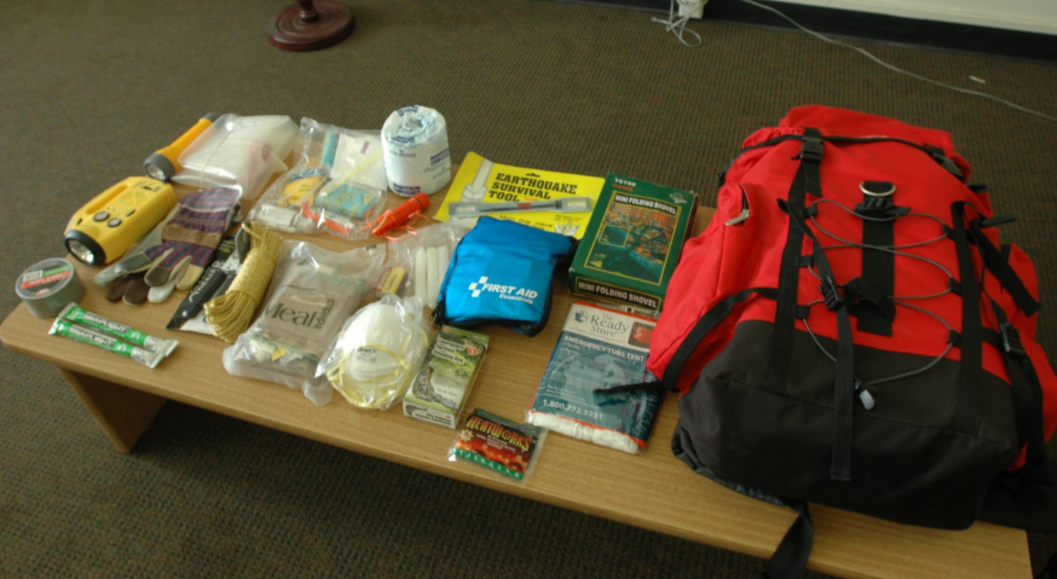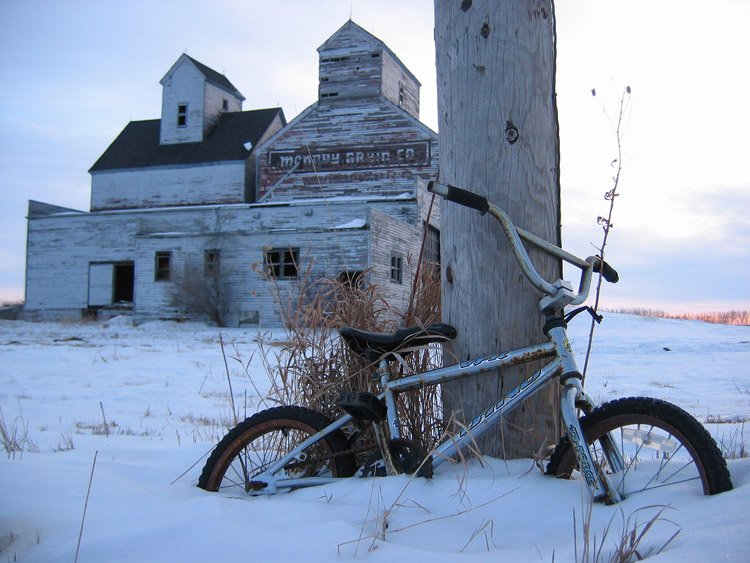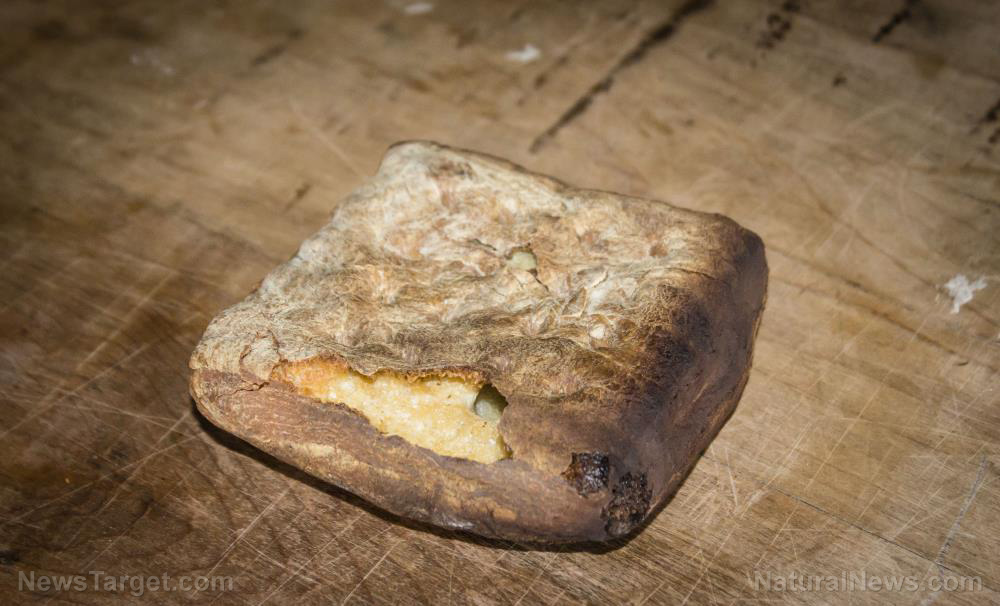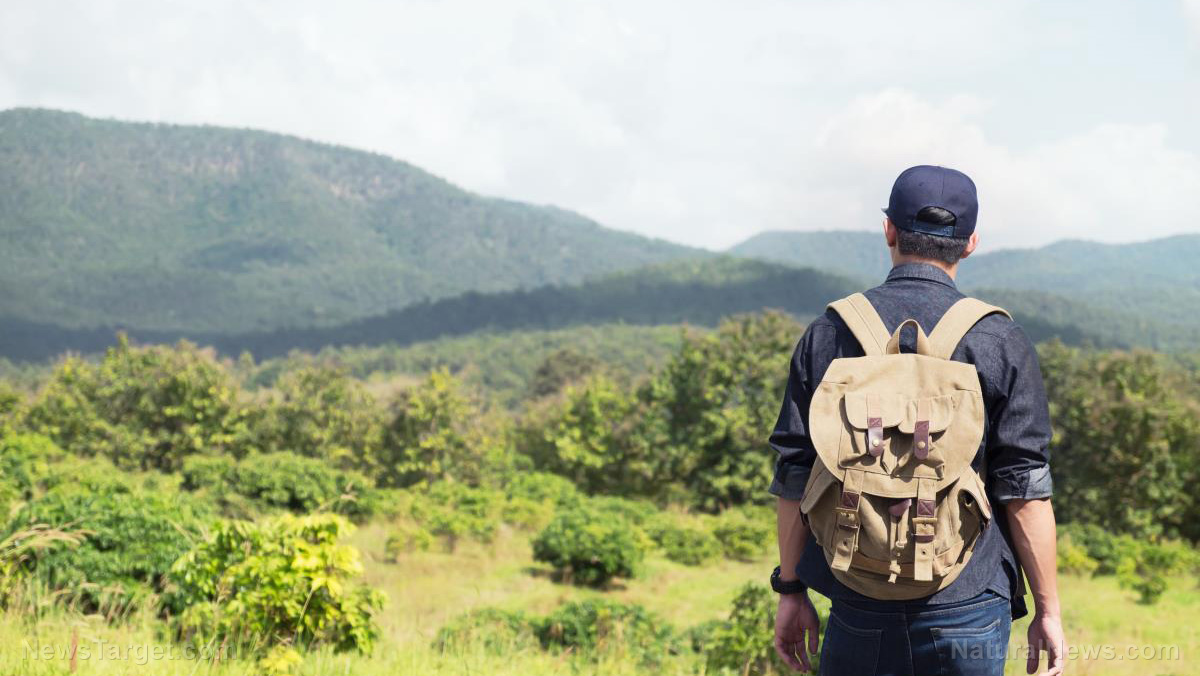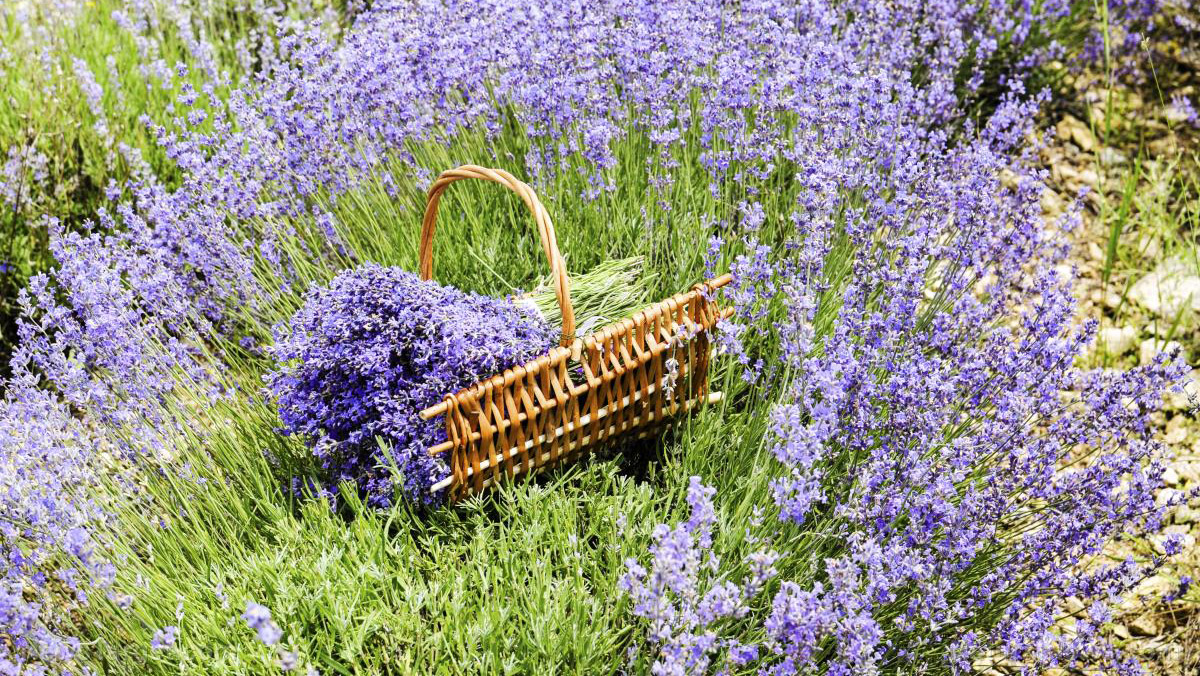A simple guide to bushcraft skills you’ll need to survive
09/10/2018 / By Zoey Sky
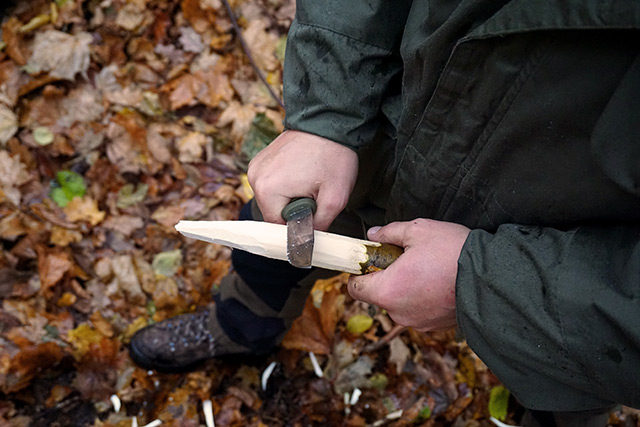
The bushcraft skills detailed in the list below can help preppers, but only if you approach them based on a clear understanding of Abraham Maslow’s “hierarchy of needs.” Maslow’s hierarchy of needs starts with physiological needs: air, water, food, shelter, sleep, and clothing. Next are health and security, with needs like spiritual fulfillment and creativity at the top. This list is organized with a focus on immediate needs, from food and shelter to leadership and group or social needs. (h/t to TheSurvivalistBlog.net.)
Food and drink
Foraging
Read up on foraging so you can cover all food groups when looking for various edibles. For example, you can eat staples and greens like dandelions and wild onions that can be boiled for a decent survival stew. Most nuts, which are full of protein, can be eaten straight off the tree, or ground up into meal to thicken stews. Mushrooms and fungi also have protein but you need to double-check that you’re gathering varieties that are safe to eat.
Fishing
Fish are a great protein source, and fishing is a relatively easy way of gathering food using only a gorge hook and a piece of string. You can also use fish as bait for other prey or larger fish.
Hunting and trapping
If you’re outdoors for longer than a couple of days, you will need animal protein in your diet. Trapping is ideal if you’re after a higher yield rate, and it takes less effort compared to hunting. Game can also provide you with supplies like tanned furs and hides for clothing or antlers and bones for tools. Smaller game can also be used as bait for larger targets. However, trapping isn’t always reliable if you’re targeting larger game like deer. If you’re going hunting or trapping, train with an experienced professional first and get the necessary licenses and permissions.
Cooking
Cooking on an open fire requires some practice because you also need to control the heat from the fire with water. You can use small sticks to build it a fire, and useful structures can make it easier to cook (e.g., a roasting spit or a greenwood lattice for grilling).
Finding water
Search for mountains and hills where water will run off and small dips or trenches where it might gather. If you know when rain will come, you’ll have enough to set up collection systems like tarps and big buckets. Alternatively, you can use a large and flat construction to collect dew as it condenses.
Purifying/filtering water
In a pinch, you can drink the water you find, but you will need to boil it first to remove small impurities. Another option is to build a “gypsy well” by creating filters with layers of gravel, sand, grass, and charcoal. The layers, which become finer as the water passes down, helps filter big and small particles.
Shelter
Building the shelter
Sometimes you’ll need to build a shelter from scratch, which is a crucial skill to have. Other times you’ll only need to set up a tarp or a tent, but often in not so ideal conditions like in the dark or when it’s raining. Learn how to build various styles of bush shelters like a simple A-frame, a larger hut, or a snow hole/igloo for cold weather.
Hygiene
Plan for waste management and always bring a shovel/trowel and toilet paper in a waterproof bag. Dig a deep latrine far from your main shelter and any water source.
Fire
Lighting and building a fire
Know how to build a fire using different methods so you can stay warm even if you lose your gear. Practice with lighters, flint and steel, and the bow drill. Learn different methods for lighting fires that will work with different structures, like a tipi for a campfire or a flatbed of embers for cooking.
Putting out fires
If there’s a proper way to build a fire, there’s also a proper way to put it out. Bury or scatter the ashes of a fire and cover the fire pit as much as possible before you leave your camp site.
Your Environment
Navigation
Navigation is crucial because it can help you find your bearings in the wilderness. Learn how to use a map and compass properly, especially if you can’t use your phone’s GPS when SHTF. If you lose your gear, make a compass out of a needle, some water, and a leaf. You can also use a piece of metal and some string.
Another option is to learn how to use Polaris (the North Star), which always points north, and Mintaka, which rises within a degree of true east. Learn how to use and read trail blazes and leave path markers so people can find you if you’re lost outdoors. (Related: Bushcraft survival skills to teach your kids or grandkids.)
Bushcraft skills for your group
Leadership/Organizational structure
To keep your survival group organized, learn how to be a good leader. Take classes or learn from survival experts so you can prepare before SHTF.
First aid and wild medicine
When SHTF, you also need to learn how to deal with minor and major medical emergencies. Keep your First Aid kit stocked at all times and take a Wilderness First Aid course if you can. Find out which plants have medicinal uses so you can treat cuts and scrapes with natural remedies.
“Bushcraft” covers various skills and disciplines, and learning how to balance them with each other will ensure your survival in the wild.
You can read more articles about how bushcraft skills can be used for prepping and survival at Preparedness.news.
Sources include:
Tagged Under: bug in, bug out, bugging in, bugging out, bugout bag, bushcraft skills, Collapse, disaster, emergencies, emergency preparedness, Hierarchy of Needs, Homestead, homesteading, multipurpose survival tools, off grid, preparedness, preparedness and survival, prepper, prepping, prepping tips, self sufficiency, self-reliance, self-sustainability, SHTF, survival, survival gear, survival skills, survival supplies, Survival Tips, survival tools, survivalist






